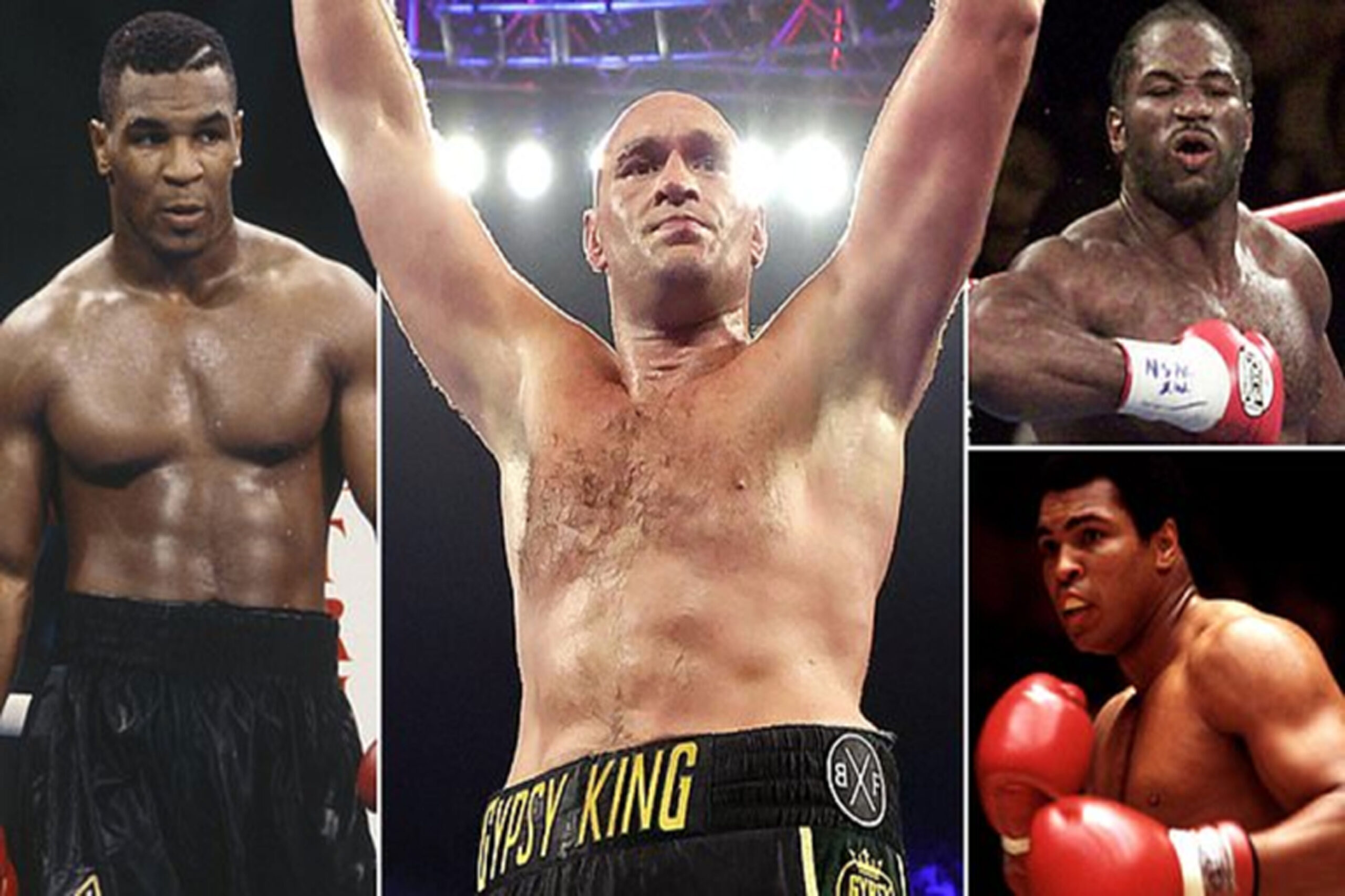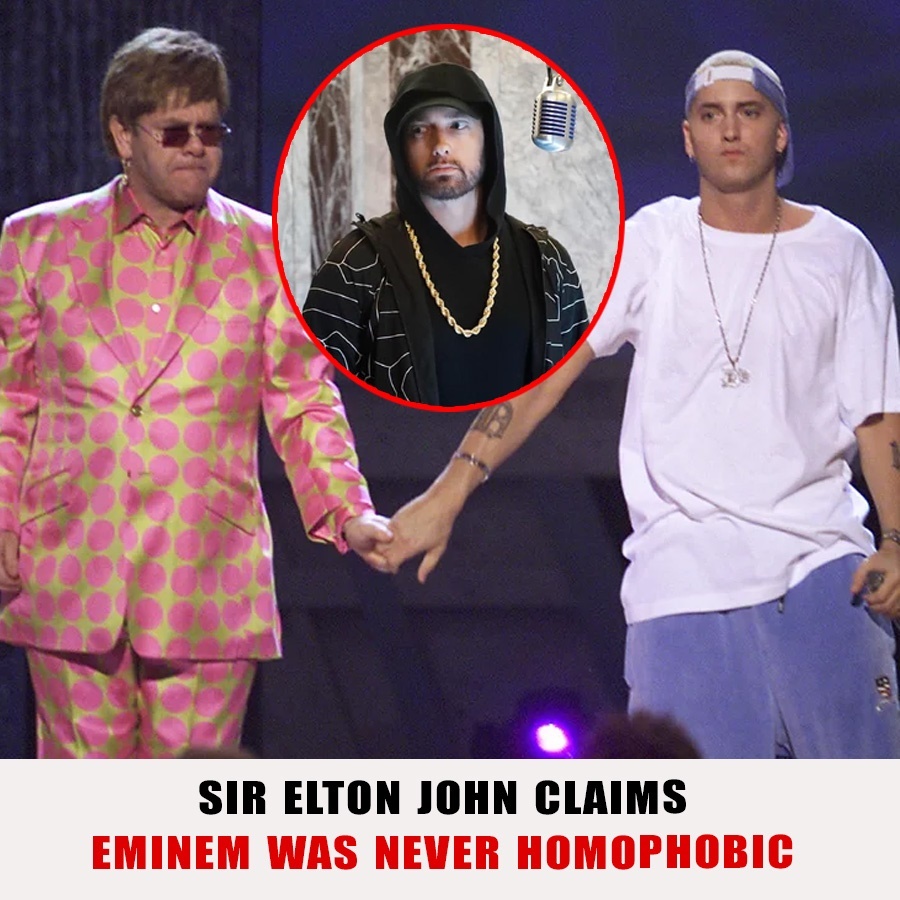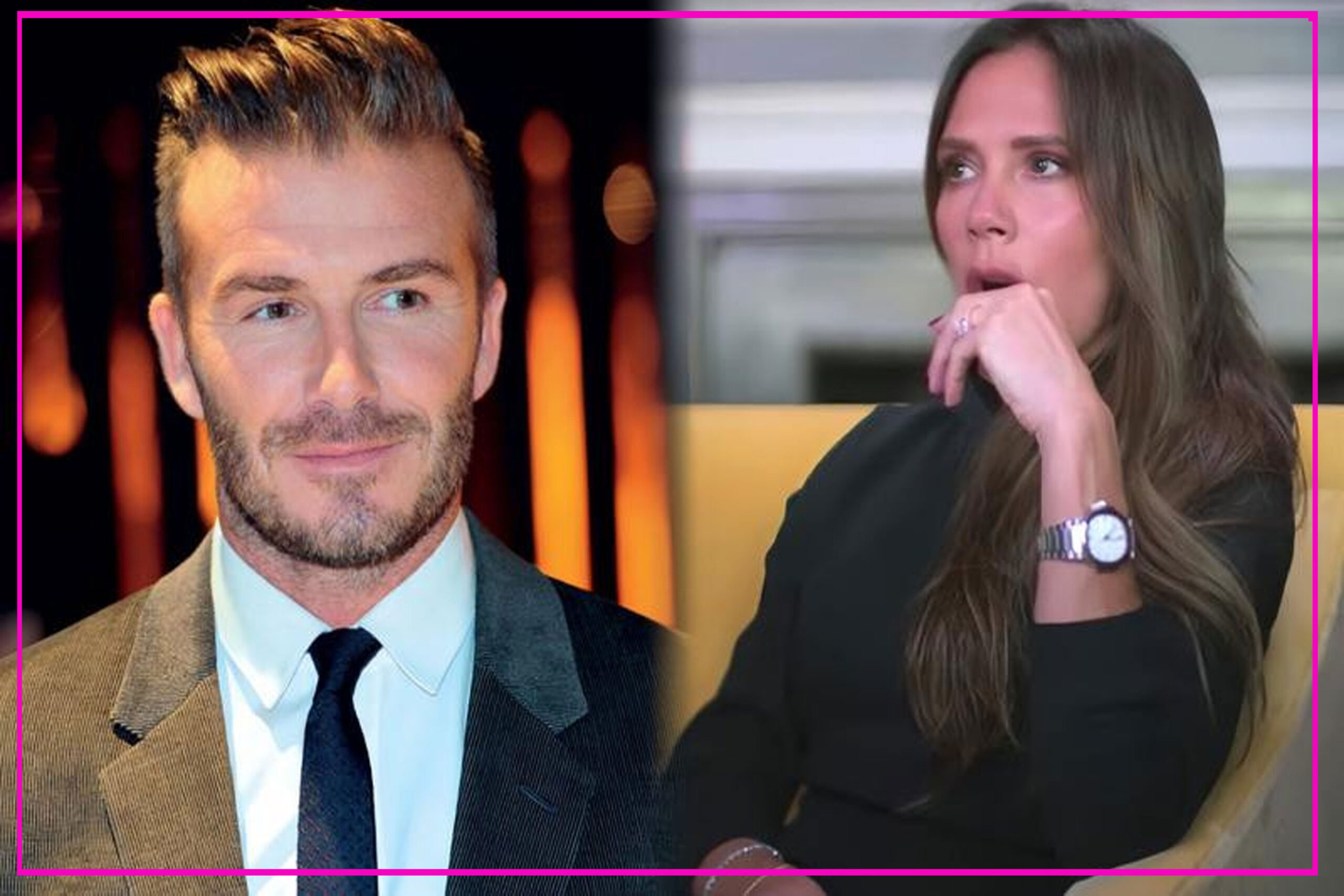
Why Tyson Fury could beat every heavyweight who ever lived from boxing royalty like Muhammad Ali and George Foreman to modern day icons like Lennox Lewis and Mike Tyson
You can make a strong case that Tyson Fury could beat any heavyweight who’s ever lived. After his enthralling, 11th-round KO of Deontay Wilder, Fury said all he could do was prove to be ‘the greatest heavyweight of my era’ when asked about his place in boxing history.
However the 33-year-old also added: “Without sounding too sharp and clever, I’d place myself right on top of the pile. I believe that I could beat anyone in history. Any man born, I believe I’ve got a really good chance of beating him.”
It is not so absurd a statement as it might sound. Muhammad Ali will undoubtedly – correctly – be hailed as a greater boxer than Fury. But ‘greater’ isn’t the same as saying that Ali could beat Fury if they were, somehow, to meet in a mythical in-ring match-up.
The fact is that Ali was 6ft 3in and weighed 206lb when he first won the world heavyweight title in 1964; only 6lb above the modern cruiserweight limit. Considering the fact that the 6ft 7in, 238lb Wilder looked undersized – “skinny” in Fury’s words – in his bouts with ‘The Gypsy King’, how small would Ali and the heavyweights of the 1960s and ‘70s have appeared?
The chasm in boxing skill between Ali and Wilder is, of course, as wide as you can imagine between two heavyweights. But there was a widely acknowledged change in the division in the 1990s with the arrival of the so-called super-heavyweights. The likes of Ali and Joe Frazier – let alone heavyweights who came before them like Joe Louis or Rocky Marciano – were undersized compared to the likes of Lennox Lewis, Riddick Bowe and the Klitschko brothers, who were naturally 20lb to 30lb larger.
In the lighter weights, that would be considered an almost impossible leap (imagine, say, lightweight Vasiliy Lomachenko fighting an elite super-middleweight). So is it really ridiculous to suggest that Fury would simply have been too big for any heavyweight from 40 or 50 years ago?
There were giant heavyweights in the past, such as the 6ft 6in Primo Carnera. But the ‘Ambling Alp’ was not a co-ordinated, slick, swift-footed, switch-hitting boxer like the 6ft 9in Fury – a boxer who also knows how to maximise his size and lean on shorter foes.
If all Fury has to do is prove he’s the best of the modern super-heavyweights, then his list of realistic competition is drastically reduced.
Fury’s namesake, Mike Tyson, spent his early career viciously knocking out far bigger men. But Fury is on the way to proving himself a greater boxer than ‘Iron Mike’. Tyson had elite skills, speed and power. But he never defeated any heavyweight of Fury’s skills and quickly became disheartened and one-dimensional if an opponent didn’t collapse early on.
Tyson would have a puncher’s chance against any boxer. But Fury boasts remarkable powers of resilience, able to get up four times in three fights against Wilder – who, for all his faults, hits as hard as any heavyweight born. And you cannot imagine the outlandish Fury being intimidated by any of Tyson’s menacing pre-fight theatrics.
Fury has already defeated the younger Klitschko (and even if Wladimir was at the end of his peak, Fury was also improving and not yet in his prime). Vitali Klitschko would have made for a more sturdy, less cautious foe and is around Fury’s dimensions. But it is hard to imagine the versatile Brit being outboxed by such a robotic opponent.
That leaves two obvious super-sized candidates: Bowe and Lewis. During his brief peak Bowe looked almost the total package as a heavyweight, but there was something missing from his mental make-up as he found it impossible to maximise his gifts. Fury, for all his rollercoaster life outside the ring, is remarkably mentally strong and dedicated once a big fight comes around.
That leaves us with a delicious fantasy fight between real-life friends: Lewis vs Fury. Lewis at 6ft 5in with an impressive wingspan, amateur pedigree, a dominant jab and KO power looked a more pleasing aesthetic package. But he was at his best in short, explosive fights (such as his wins over ‘Razor’ Ruddock and Andrew Golota) and could tire over long distances, while his vulnerability was shown in his two knockout defeats. Fury is not a perfect fighting machine, but stamina and durability have never been a problem for a man who seems, miraculously, to get up energised after he has been put down.
Fury is also a unique heavyweight. His movement and sharp reflexes belie his sometimes flabby frame, while he’s as relaxed – as calm and natural – in the ring as any heavyweight since Larry Holmes
‘The Easton Assassin’ Holmes was, like Fury, a versatile fighter who could win with different game plans. Unlike Fury, he also showed consistency by racking up a vast number of world title defences. But even at 6ft 3in Holmes was still in the era before the super-heavies, as was George Foreman for all his strength and power (also, we all saw what happened when Foreman met a boxer who could take his best shots and present him with problems).
It might seem like blasphemy to say that Fury could have the beating of Holmes, Foreman, even Ali: boxing royalty who all looked, in their different ways, like better fighting machines. But in other sports this would not be controversial; athletic performance simply moves forward as the years go by. In tennis, it’s widely accepted Novak Djokovic or Roger Federer would destroy, say, Rod Laver or Bjorn Borg, just based on the advances each generation of sportsmen and sportswomen make. Why should boxing be so different?
The counterargument is that boxing has become an increasingly niche sport over the decades. That American athletes of the size and calibre of Ali or Foreman simply aren’t in the heavyweight (or cruiserweight) division now; that the NFL and NBA hoovers up the best US big men before they can even think of lacing up gloves.
Certainly the skill level of heavyweights in the 1970s and even the 1990s looks, to the critical eye, higher than what we see in the division today. Perhaps that would be enough to overcome the size advantage Fury would have over the greats of the past.
Also, Fury is still active and has more to show, one way or the other. Defeat Oleksandr Usyk and/or Anthony Joshua and Fury seals his place as an all-time heavyweight great. Lose in the next two years and the critics will question how elite Fury really was, when the basis is a win over an ageing Klitschko and three fights with the flawed Wilder.
It’s impossible not to watch the brilliance of Ali and Holmes, for example, and wonder if their superior gifts were so great they could overcome the size discrepancy and still teach Fury a lesson in the ring. But predicting a Fury victory over any heavyweight of the past is not so bizarre as it may seem.
With his high boxing IQ, size, awkward style, ability to fight off the front and back foot, superhuman recovery powers and his increasing punch power, say one thing for Tyson Fury: he would be a massive problem for any historical heavyweight to solve.















